Wave Number - Definition, Formula, Symbol, FAQs
In this article, we will go through a very interesting property of electromagnetic waves, that is wave number and some of it’s related terms like what is wave number or definition of wave number, unit of wave number, wave number symbol (k symbol) or k meaning in numbers, wave number formula, wave number and frequency relation and at last, we will also see what is wavelength and wavelength symbol.
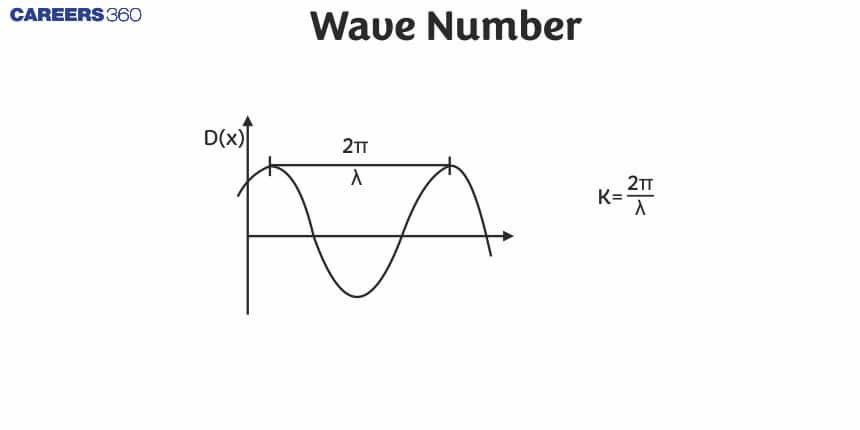
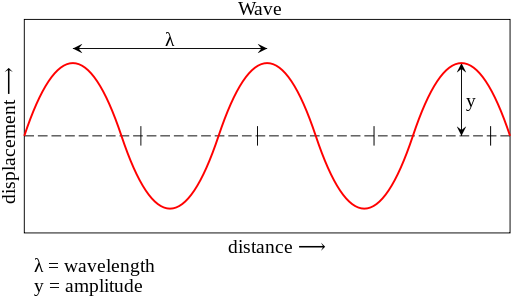
So, let’s start with our very first topic that we all have already heard in class 11 …
What is wave number in physics?/Define wave number.
Wave number definition- it is the number of whole unit cycle of an electromagnetic waves. In simple language, wave number is defined as number of wavelength per radial (this means, these emw waves in an electromagnetic field are of one meter).
Wavelength is the distance between two consecutive crests or troughs.
As these emw waves specifically stated in vacuum state hence when we talk about the wave number it is reffered for vacuum space. Common terms wave numbers are like angular wave number or propogation number (in context with angular wavelength and propagation wave).
Also read -
- NCERT Solutions for Class 11 Physics
- NCERT Solutions for Class 12 Physics
- NCERT Solutions for All Subjects
What is wave number in chemistry?
In chemistry also wave number is the number of wavelength per unit distance.
Wave number symbol
Wave number is represented as k symbol in physics and nu(ṽ) symbol in chemistry notation is same. The reciprocal of wavelength is called wave no., writing mathematically we see that
k = 1 /λ or
k = 2П/λ (2 pi lambda)
here lambda (λ) means wavelength.
There is relation between wavelength and wave number.
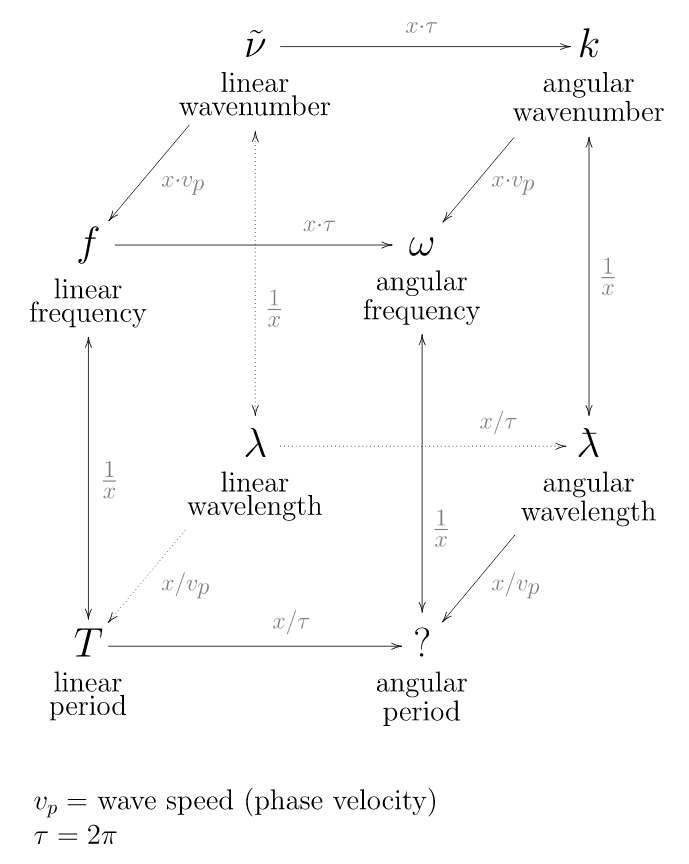
Unit of wave number
Si unit of wave number will be derived as reciprocal of wavelength. Hence, si unit of wave number is per meter (m -1).
Or can be written as radian per meter (rad/m).
Related Topics Link, |
Dimensional formulae of wave number (k)
[M0L-1T0]
Wave number formula
Now we will see how to find wave no. Formula, according to wave number equation wave number formula is
K=kon
Ko is the absolute wave number that is wave number in vacuum.
Here n= (ɛμ)1/2
N stands for refractive index of the given substance.
Also Read:
- NCERT solutions for Class 12 Physics Chapter 8 Electromagnetic Waves
- NCERT Exemplar Class 12 Physics Solutions Chapter 8 Electromagnetic Waves
- NCERT notes Class 12 Physics Chapter 8 Electromagnetic Waves
Wave number equation
Though wave number is a specific term but calculation of wave number can be different for different perspective.
In physics,
We study it as wave number for matter wave.
Matter waves are known to be existing in quantum mechanics, introduced by louis de brogile. Formula for matter waves is
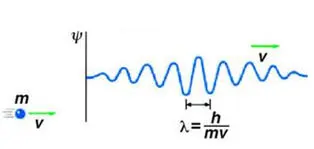
λ = h/mv, where λ IS wavelength symbol h is Planck’s constant, m is the mass of the particle and v is the velocity of particle.
Hence, k is given as, k= 2п/ λ
In chemistry,
We study it in the field of spectroscopy.
Hence formula for wave number in spectroscopy is given as
Ṽ= 1/λ here nue bar /nu bar symbol (represented as sign of frequency symbol)
As in general,
k=ω/ vp
here ω is 2Пν vp is phase velocity.
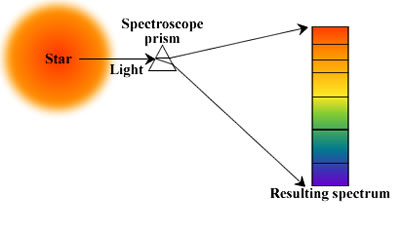
Spectroscopy
Studying the nature of electro magnetic waves (visible light, infrared rays, x- rays, gamma rays), how are they reflected and absorbed by matter.Spectrometer is used to split the energy reflected by a matter into all types of wavelengths. To know about the properties of objects.
Spectroscopy has a vast applications in modern sciences from revealing the colour of object, to its structure, crystals lattice structures of the molecules and compounds in solid states are studied through this phenomenon that reaveals the properties of these crystals like diamond, nacl etc.
Also, it has enormous use in astronomy to find the velocity of the stars and galaxies in this expanding universe, pharmaceuticals, forensics, food and beverages. Minerology and gameology, material technology etc.
Now coming back,
In this formula of wave number there is direct relation of frequency and wave number.
And that’s how we have to calculate wave number for different perspective.
Wave number of chemistry and physics are different but performs the same function overall.
So, in total there should be no confusion between the definition of wave number.
At last, we have seen one of the property of electromagnetic wave that is wave number k along with this we have also seen relationship between wave number and wavelength, also we have calculated the frequency and wave number relation.
Also check-
- NCERT Exemplar Class 11th Physics Solutions
- NCERT Exemplar Class 12th Physics Solutions
- NCERT Exemplar Solutions for All Subjects
NCERT Physics Notes:
Frequently Asked Questions (FAQs)
Wave vector, symbol k, is a property of wave which shows the direction and magnitude of wave number or else angular wave number.
It is considered as phase lag per unit distance.
It is significant in both the fields of physics and chemistry.
We see that wave number has vast use in communication studies and also in quantum mechanics. Whereas in chemistry it plays important role for studying spectroscopy.
Nu is the symbol of frequency used in science. Frequency is also a property of electromagnetic wave and is defined as number of complete cycles per second. Hence its SI unit is HERTZ. Dimensional formula is given as[M0L-1T0]OR T-1. In Sound energy, Frequency denotes the pitch of any wave/sound. That is, how much shrill or sharp the voice is.
Wavelength is also a very important component of any electromagnetic wave. Wavelength is the distance between the two successive crests or troughs. Angular width is used in diffraction phenomenon and is known as the fringe width β denoted by the symbol beta. Its expression is given as
β= λD/d, where λ is the wavelength of source, D is the distance between two source and the screen and d is the distance between the two slits.
Wave number is a scalar quantity whereas wave vector is a vector quantity representing the magnitude and direction of propagation of electromagnetic waves.
Waves created due to the disturbance in electromagnetic field is known as EM waves. It consists of seven different types of waves. It travels with the velocity of 3 x 108 m/s in vacuum space. Its properties are wavelength, frequency, phase difference, amplitude and intensity. In today’s era there is vast use of electromagnetic waves. Studying and working in this field has in turn changed the scenario of this technology progressive generation.
No, in sound waves loudness of voice is associated with the higher amplitude. Higher frequency means the pitch of the voice is high. Pitch signifies the shrillness and the sharpness of the sound.